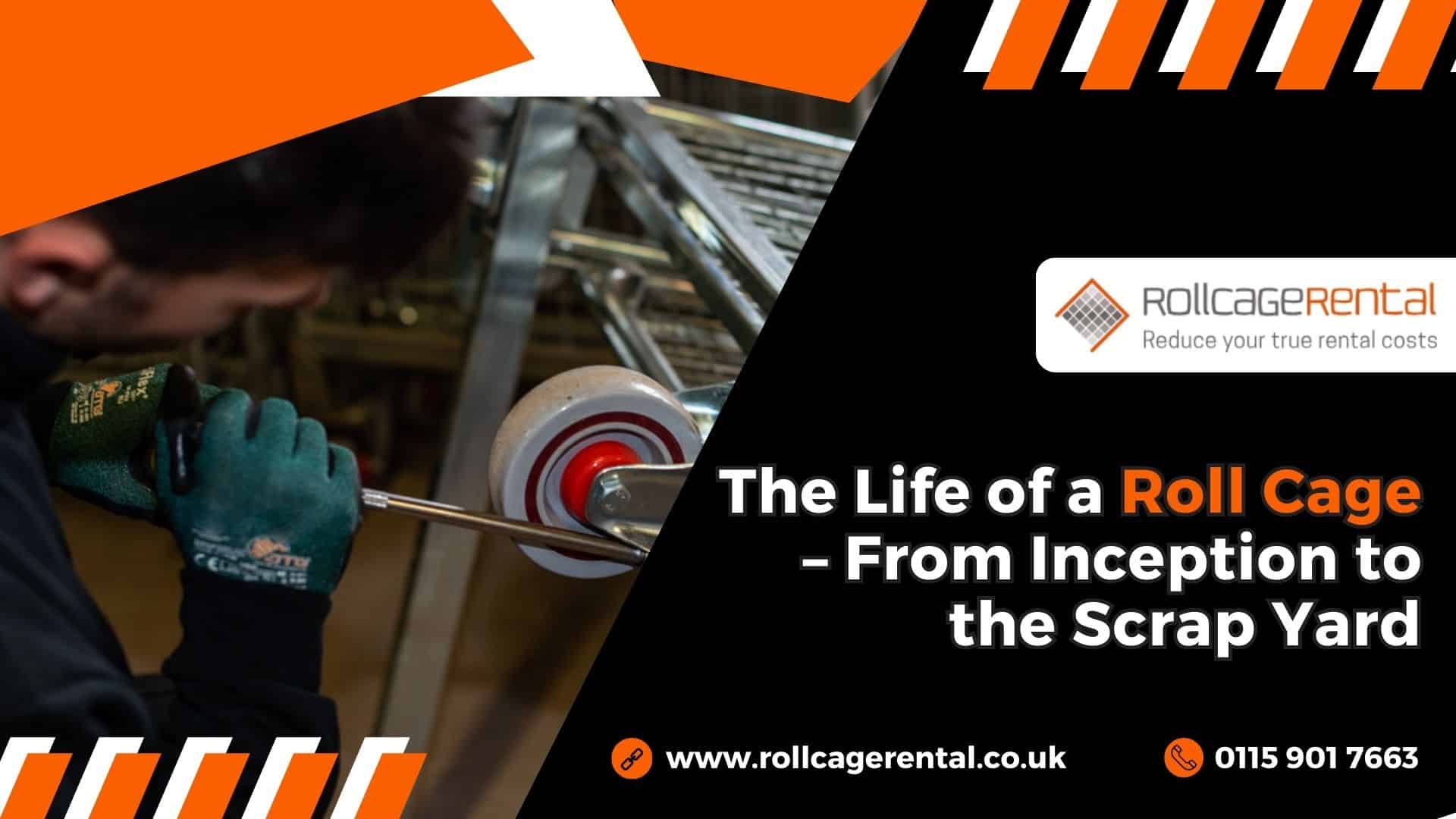When we think of the life cycle of everyday objects, it’s easy to overlook the complex, fascinating and sometimes tough journey they undertake from inception to their ultimate fate. Let’s follow the remarkable and gruelling journey of a Roll Cage – a simple yet essential storage and transport solution, as it embarks on a global adventure.
Manufactured in China
Our story begins in a busy factory in China, where skilled workers craft roll cages with precision. Using high-quality steel, these roll cages are designed to withstand the test of time and the rigours of everyday use. Their durability is a testament to the craftsmanship that goes into their creation.
Shipped in Parts to the UK
Once the Roll Cages are meticulously manufactured, they are shipped disassembled for their long journey overseas. These parts are loaded onto shipping containers bound for the United Kingdom, where they will be reassembled to form complete roll cages.
Sold and Used
With their assembly complete, these roll cages are ready to be put to work. They are sold to businesses across various industries, from supermarkets to warehouses, where they become an integral part of the daily operations. Their adaptability allows them to store and transport everything from perishable goods to merchandise, contributing to the efficiency of businesses.
Stolen, Used, Lost, Found
As roll cages continue to serve their purpose, they may encounter a few bumps along the way. Many will be stolen due to their utility and value. It goes without saying that this is illegal as it infringes on the Law of Torts (interference with Goods) Act 1977. Others will get lost in the hustle and bustle of busy warehouses. From lorry to lorry, depot to depot, the cages inevitably get lost in the system. Thankfully, many are eventually found, either through the use of repatriation services or tracking systems and continue their service in the logistics world.
Scrapped
Unfortunately, the end of life for a Roll Cage is abrupt and heedless. If a cage is not found through means of tracking or repatriation, it is likely to end up at a scrap yard where it will be melted down and used for a different purpose. Of course, this is a sustainable practice. However, for the original purchaser of that cage, who had no intention of it being stolen and scrapped, they have lost a valuable asset not just in terms of its monetary value but, the impact that cage had on a supply chain amplifies with the further loss of cages. If a business loses even 10% of their cage fleet, that supply chain will be on its knees overnight. This isn’t a rare occurrence. Illegal scrapping happens every day, costing companies millions every year in replacement costs for logistics equipment. Lost cages are replaced by new ones, forged from virgin metal back in China and shipped over where the cycle loops back to the start.
The journey of a Roll Cage is a testament to the global nature of modern production and recycling. From their origins in a Chinese factory to their vital role in the UK’s logistics industry and their eventual return as recycled materials, roll cages play a crucial part in the global economy and sustainability efforts. As we witness the cycle of lost cages being replaced by new ones, it’s clear that there’s room for improvement in terms of sustainability and security. To ensure the longevity of these valuable assets and minimise the environmental footprint, we must invest in better tracking and security measures.
